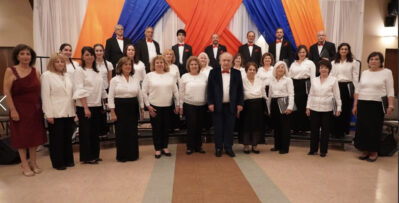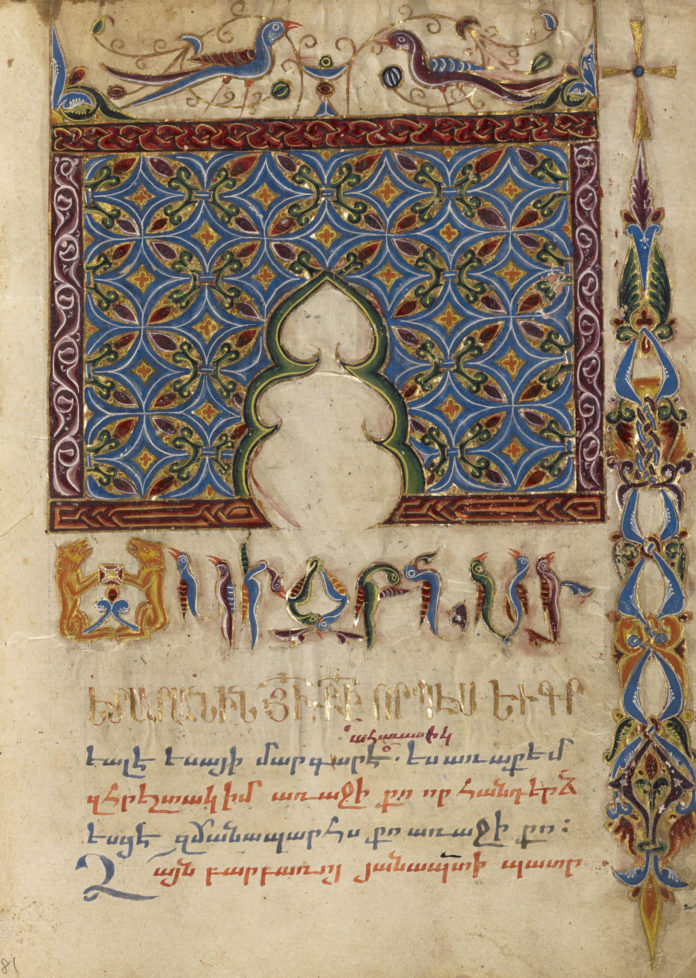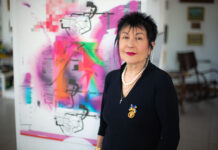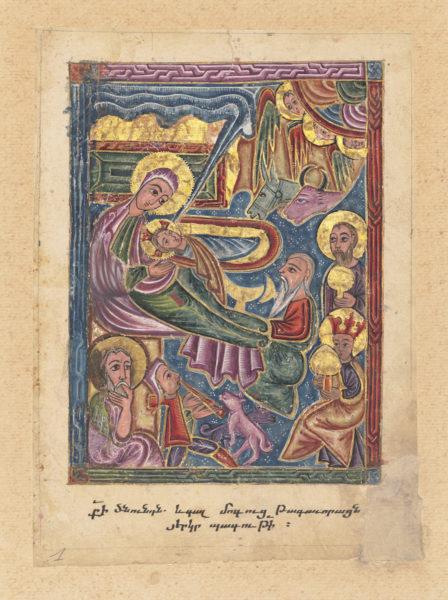BELMONT / LOS ANGELES — The vibrant artistry and rich history of medieval Armenian manuscripts continue to retain the power to enthrall Armenians and non-Armenians alike, many centuries after their creation.
That seemed to be the theme of last week’s talk by Dr. Elizabeth Morrison of the J. Paul Getty museum in Los Angeles, sponsored by the National Association of Armenian Studies and Research (NAASR), in Belmont.
Morrison is the senior curator of manuscripts at the Getty, and though her specialty is in early French and Flemish manuscripts, she is enthusiastic about sharing the art and history inherent in the Armenian manuscripts which reside in the museum.
The talk, which took place on February 15, was hosted by NAASR’s Marc Mamigonian along with Maggie Mangasarian Goschin of the Ararat-Eskijian Museum (LA) and NAASR’s new executive director, Silva Sedrakian.
After opening remarks by Goschin and Sedrakian, Mamigonian introduced the main speaker, Morrison.
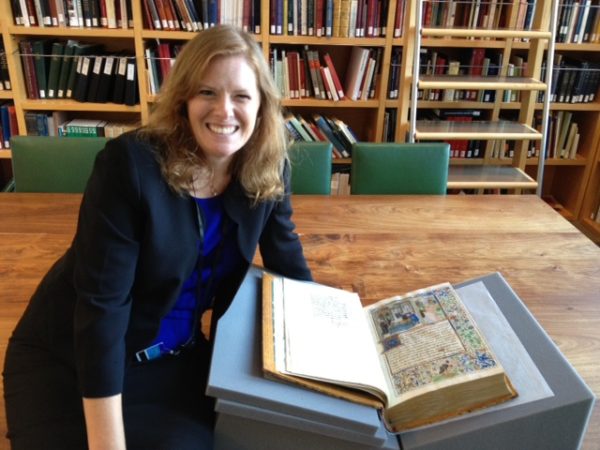
The Getty Collection
